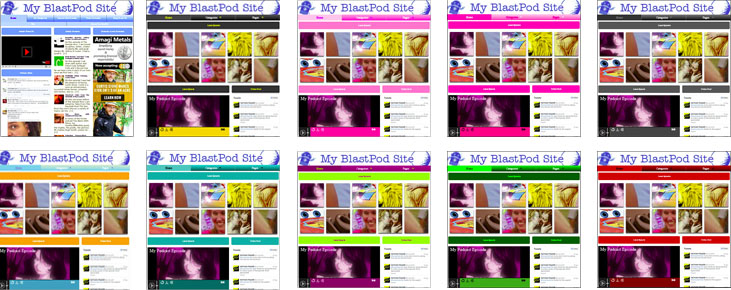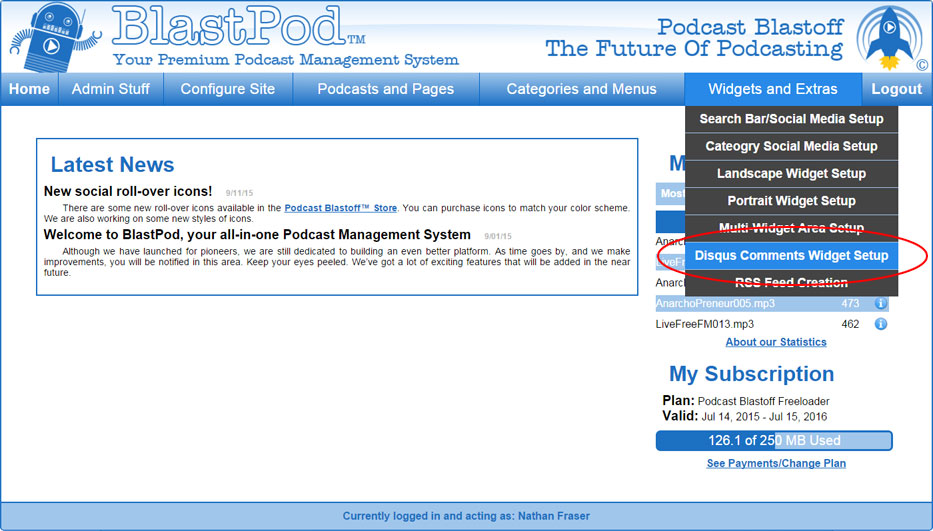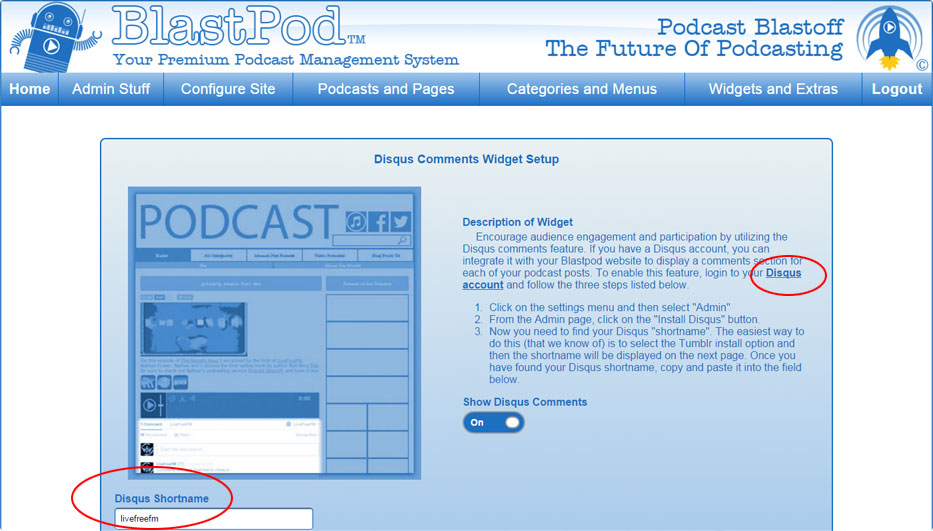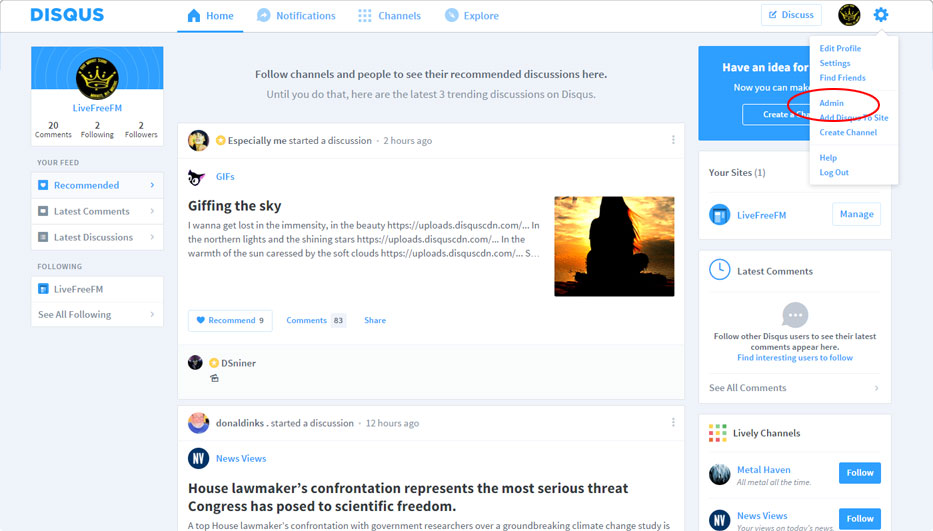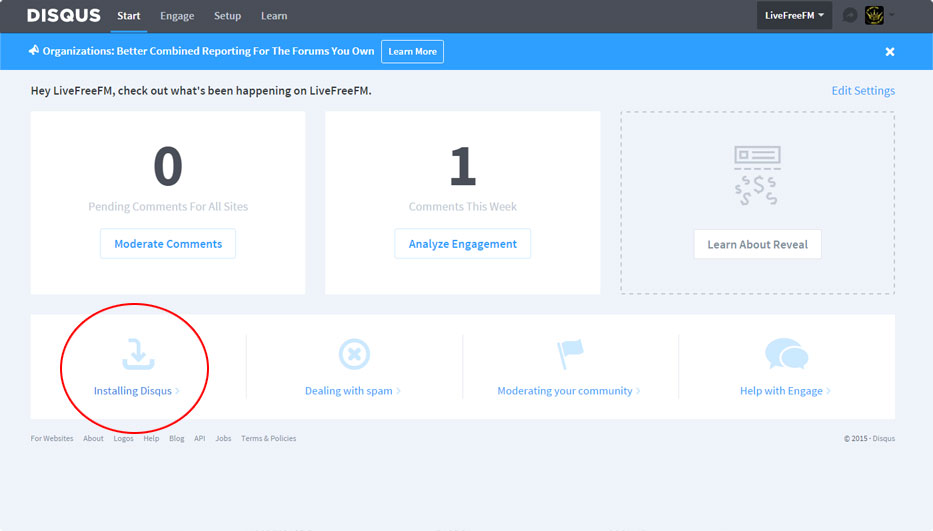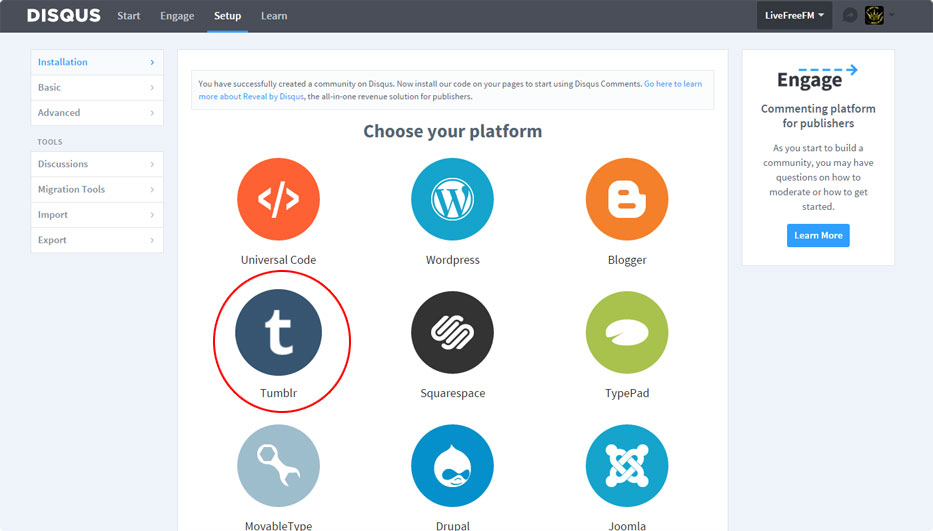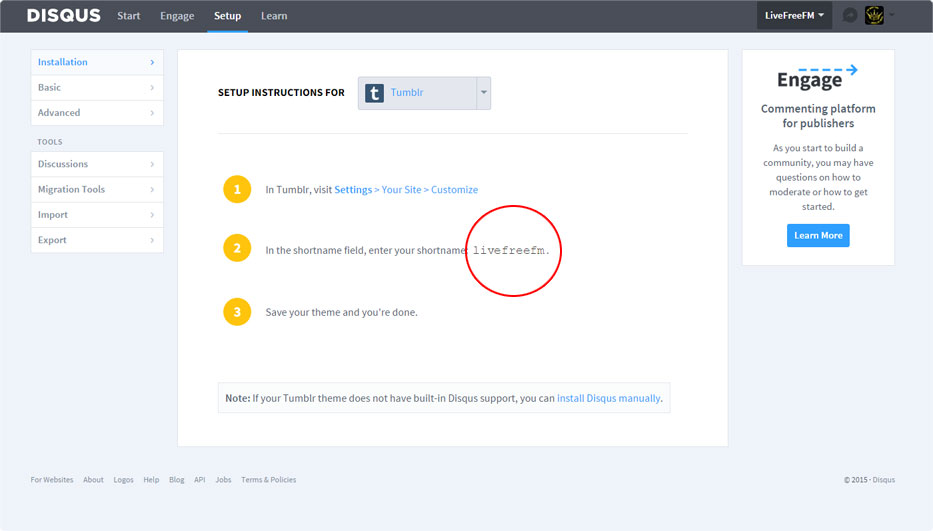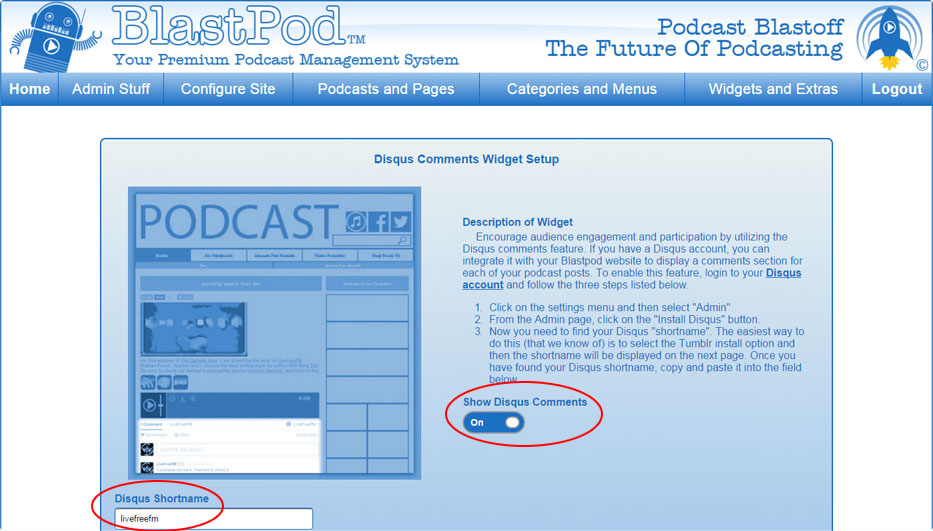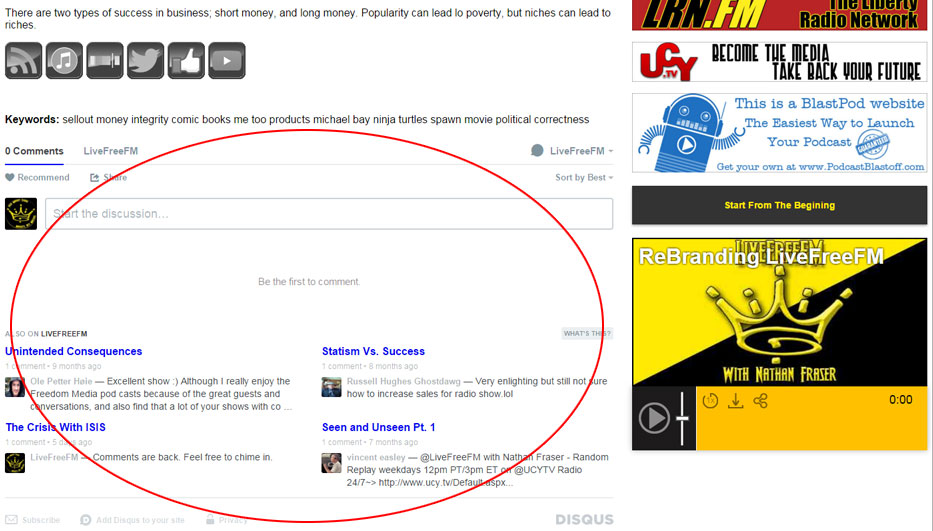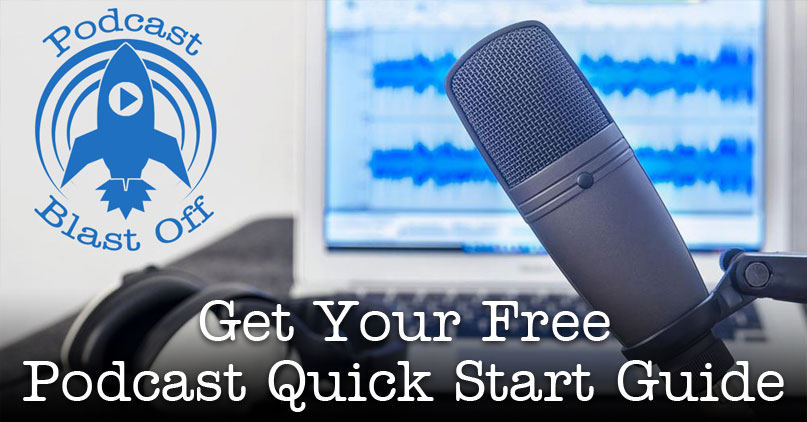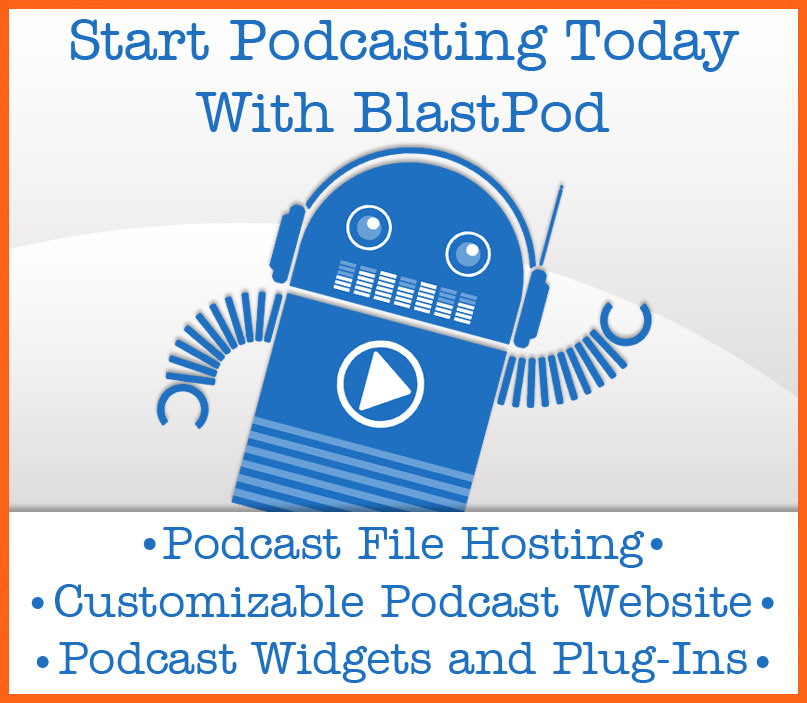Tutorial Videos to Help You Set Up Your BlastPod Website
Now that you've got your own BlastPod website and hosting, you're gonna want to make it look pretty. Have no fear. We make that easy.
Just follow the simple instructions in the videos below, and you'll have an amazing website up for your podcast in no time.
We make managing your podcast website quick and easy, so you can focus on what really matters; creating your podcast.
How To Choose Your BlastPod Subdomain Name How To Set Your BlastPod Website Title How To Set Up Your Domain Name How To Change Your BlastPod Template and Color Scheme How To Create Content Categories How To Create A Blog Or Podcast Post How To Create Static Pages How To Set Up Header Widgets How To Set Up Home Page Widgets How To Set Up Your Multi-Widget AreaWeb Site Manager
How To Choose Your BlastPod Subdomain Name
How To Set Your BlastPod Website Title
How To Set Up Your Domain Name
How To Change Your BlastPod Template and Color Scheme
Creating Posts and Pages
How To Create Content Categories
How To Create A Blog Or Podcast Post
How To Create Static Pages
Widget Set Up
How To Set Up Header Widgets
How To Set Up Home Page Widgets
How To Set Up Your Multi-Widget Area




